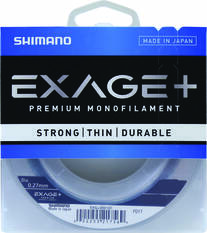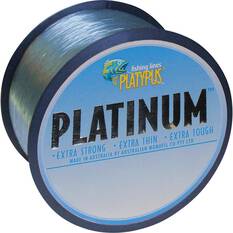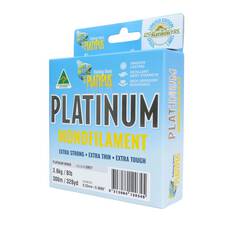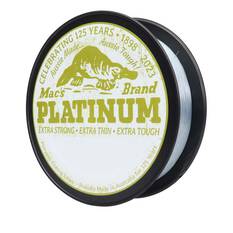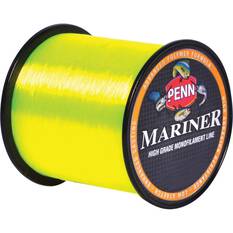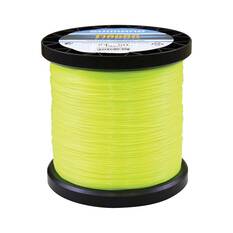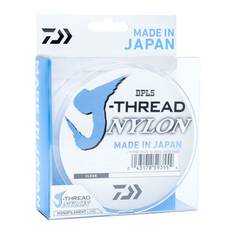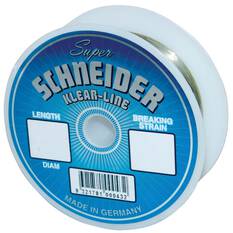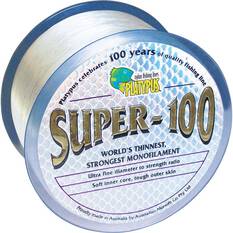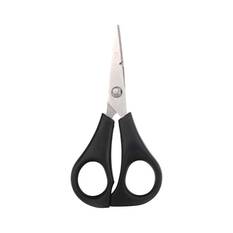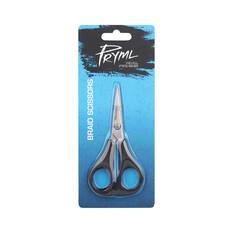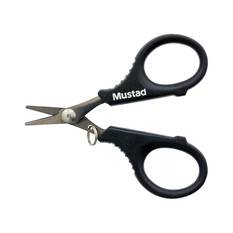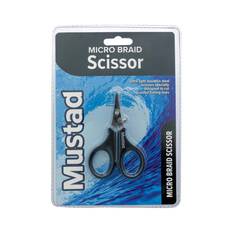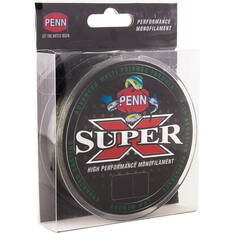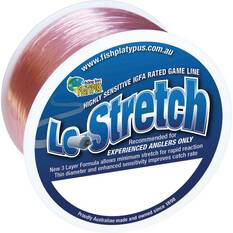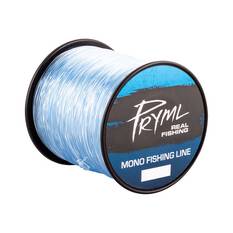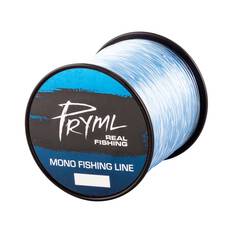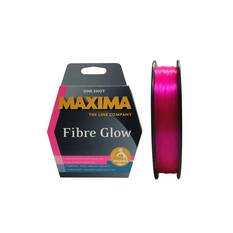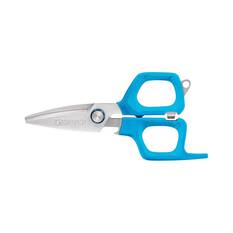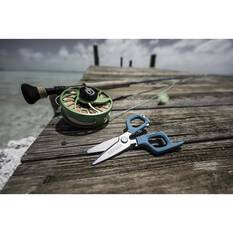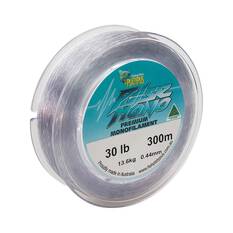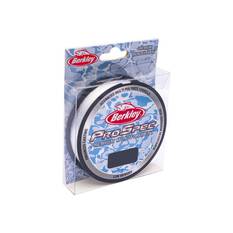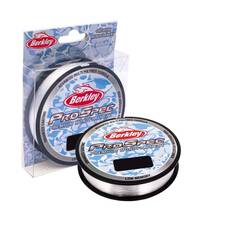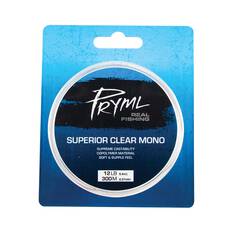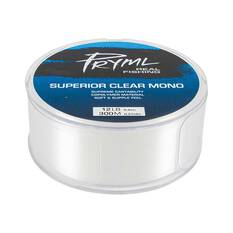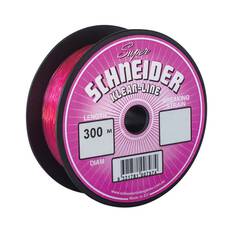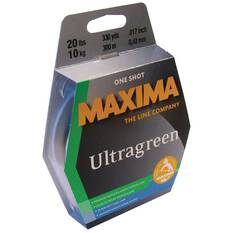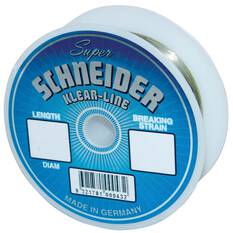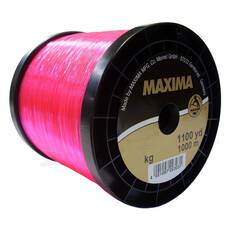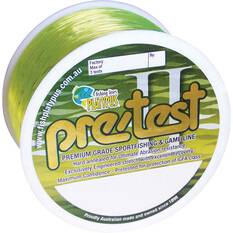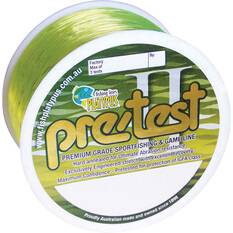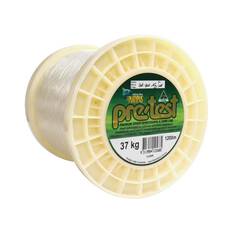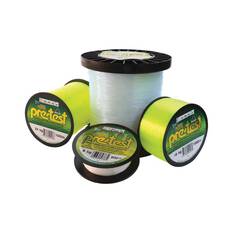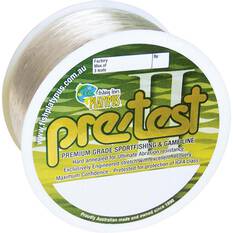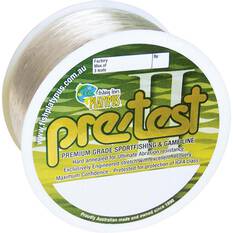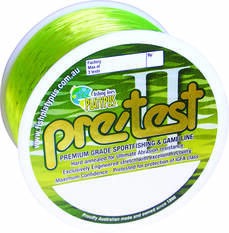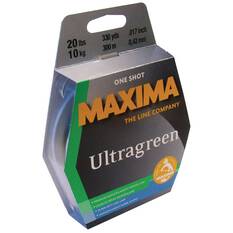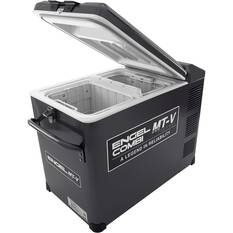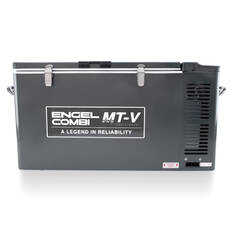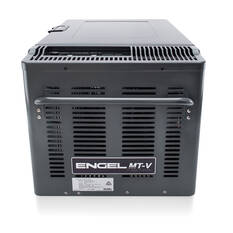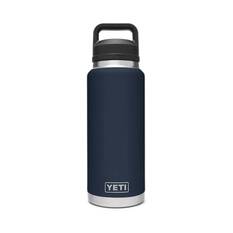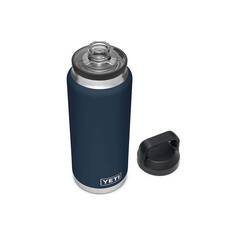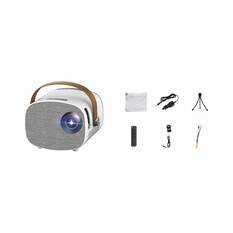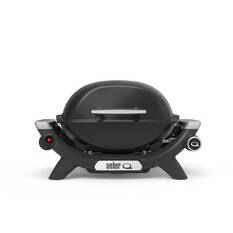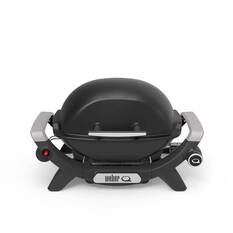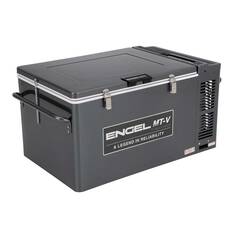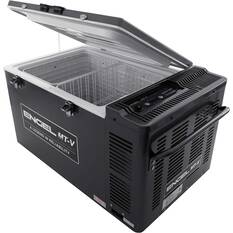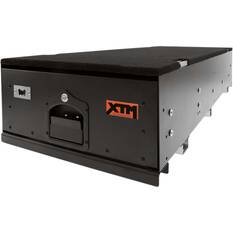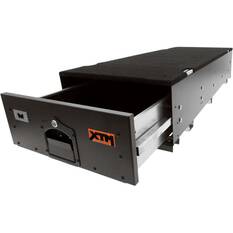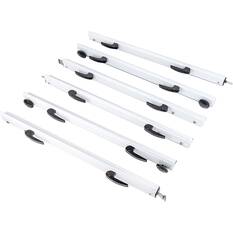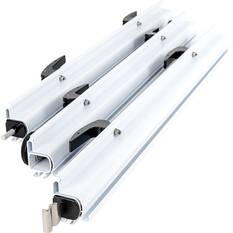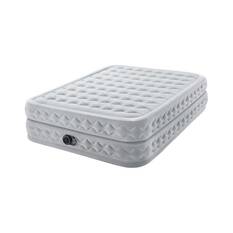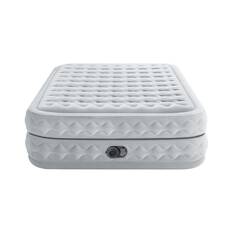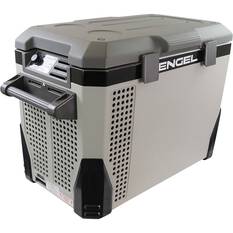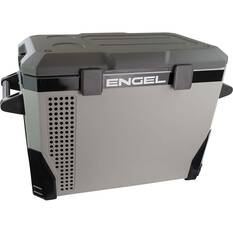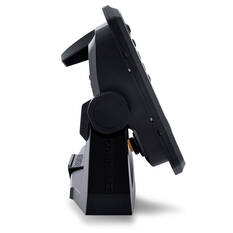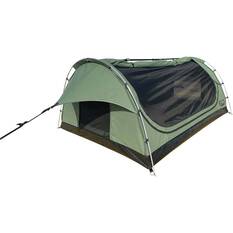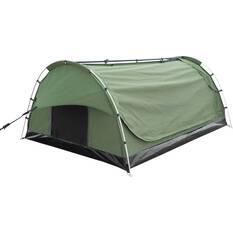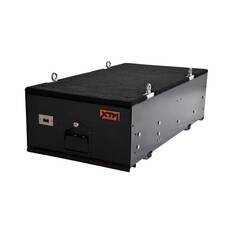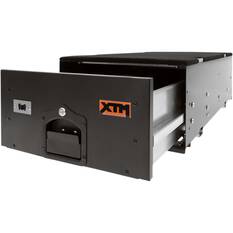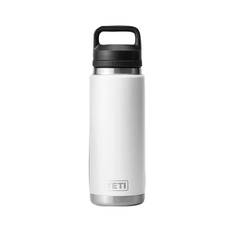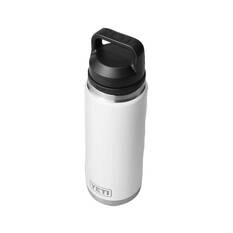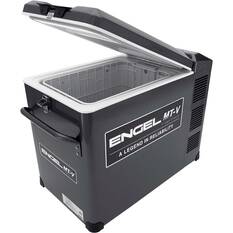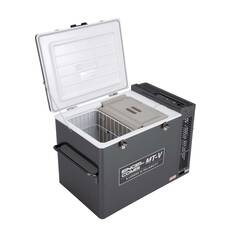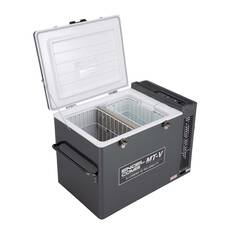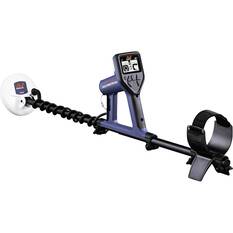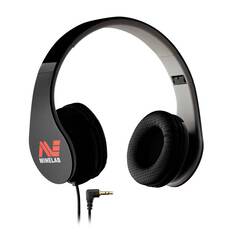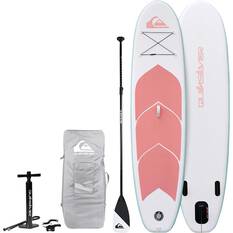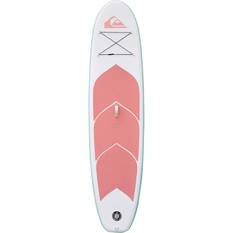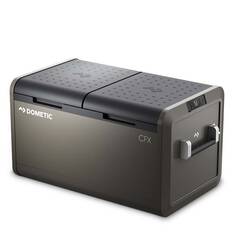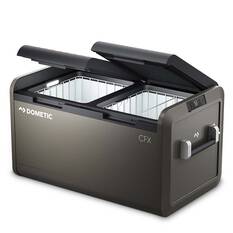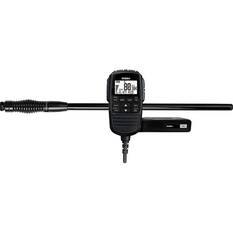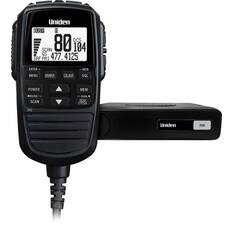Mono Fishing Line
Filter by
Sorting by
-
Join & Get
$20 CreditWhen you spend $100 in one transaction within the first 30 days of joiningJoin Now
Filter by
Monofilament Fishing Line
Famous for its ability to stretch, ease of use, colour range, knot strength and shock rate, monofilament fishing line (or simply ‘mono') is a favourite among many. Designed for big game fish, mono is suitable in freshwater and saltwater, making it a great option for any fishing experience. At BCF, you can find affordable, high-quality mono line from leading brands such as Platypus, Berkley, Penn and Pryml. Line spooling is also a service offered in all BCF stores, and is free with the purchase of any rod, combo or packaged line. For further details on in-store spooling, click here.
Can mono be used as leader?
Mono is commonly used as both a mainline and leader material depending on its intended purpose. There's long been a debate about whether fluorocarbon or monofilament makes for a better leader line, but it really comes down to the water clarity that you're fishing in and your target species. However, the supple texture making knot tying a breeze and positive buoyancy makes mono great for fishos wanting to present natural baits or working surface lures.
What's the difference between mono and fluorocarbon?
Both unique and providing their own advantages and benefits to anglers in different situations, fluorocarbon and monofilament are great leader line material, but many still wonder what truly is different between the two. They look the same, are somewhat transparent, have the same slick texture and even have a little bit of shine to the line. For new anglers, this may make it hard to notice the subtle differences. To start, fluoro is often said to be less visible in the water while mono offers a colour range so that you can switch out your line if you're fishing murky water rather than clear water. Additionally, monofilament has a greater elasticity than fluoro and although both provide stretch, mono can absorb shock and still bounce back whereas fluoro is likely to become elongated and weaker. Fluorocarbon does have the additional benefit of being more UV and abrasion resistant than mono, however, this will also put a more costly price tag on it.
Is mono better than braid?
Deciding when to use braid line versus mono as a main fishing line is mostly intuitive and something you learn as you gain more experience, however, there does seem to be some agreement on when mono performs better than braid and vice versa. In the instances of trolling, live bait fishing and kite-fishing, monofilament tends to be the recommended mainline. When fishing structure, bottom fishing or casting lures, braid is often the favourite.
What is mono line good for?
As the name suggests, mono is created from a single strand of material. In most cases, this material is nylon which offers a stretch of approximately 25% more than its fluorocarbon counterpart. You can also find mono in a range of colours from low-visibility shades such as green, blue and clear or brighter hues for line-watching presentations. The shock strength is another big bonus for mono line, absorbing the impact and energy of big gamefish thrashing about and giving you a tough time trying to land the catch. Mono line is also flexible, making it easier to cast than stiffer lines and sinks slowly which is perfect for topwater lures.


